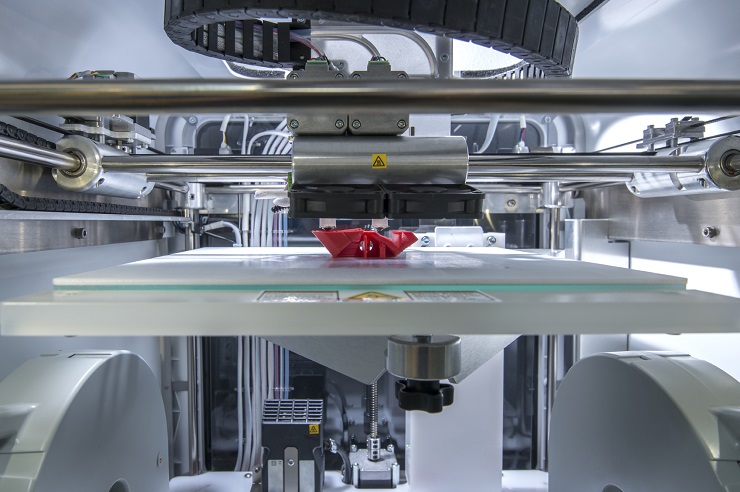
A piece in Forbes entitled, “When 3D Printing Gets Into The Wrong Hands”, discusses the risks and challenges enabled by 3D printing. It’s all true and it’s the same as it ever was.
The story relates the key legal and societal challenges posed by 3D printing technology, which certainly include the ability to 3D print weaponry, unauthorized product replication, unclear product liabilities, or even ill-formed 3D printed home drugs, all of which could cause damage and suffering, as well as the repetitional impact on 3D printing companies.
The truth is that 3D printing technology is merely a tool usable in many ways. It’s like atomic power; it can be used for good or evil.
We, society, deal with such challenges everyday in other domains, including atomic power. There are regulations, certifications, technology transfer rules and licenses to control the most dangerous of our technologies.
But I’m not sure that 3D printing falls into that category. Yes, you could possibly make a crappy, poorly performing gun with 3D printing, but you could also make a fully functional one using commonly available metal CNC milling machines, too. And there’s probably a lot more of those machines in your area than there are 3D printers.
And we don’t regulate them, aside from basic machine safety concerns.
The problem with 3D printers – and most digital manufacturing machines – is that they can, in principle, make anything.
Anything you can imagine – and anything you haven’t yet imagined. This includes weapons of a style not invented, as well as mounting brackets for a future interplanetary mission’s engines. It includes designs for products of today – and tomorrow.
Evil, and good, all from the same machine.
Could you impose a technical regime to regulate their usage? I believe that is an impossible task, as you cannot crisply define what a “bad” object is. Sure, you can ban a specific 3D model, perhaps, by having the machine detect whether there’s an attempt to print it, but that won’t work. Why? Because a slight variation in the 3D model would bypass that check and you’d print the bad object anyway. You can’t list all the bad objects because there’s an infinite number of them!
Even worse, the definition of a “bad” object is totally unclear. Imagine 3D printing a knife. Is that a weapon or required culinary instrument? Or both? I guess it depends how the user operates it, but that has nothing to do with the machine that made that object.
This is all entirely unclear how, or even if, it can be solved, even in the distant future.
But wait – these issues were known years ago; we posted a brief statement on this in 2008, EIGHT years ago!
To date, there has been very little actual progress on these issues, aside from politicians drumming up publicity by envisioning regulations that obviously cannot be enforced in any technical manner.
There’s still a lot to do.
Via Forbes

